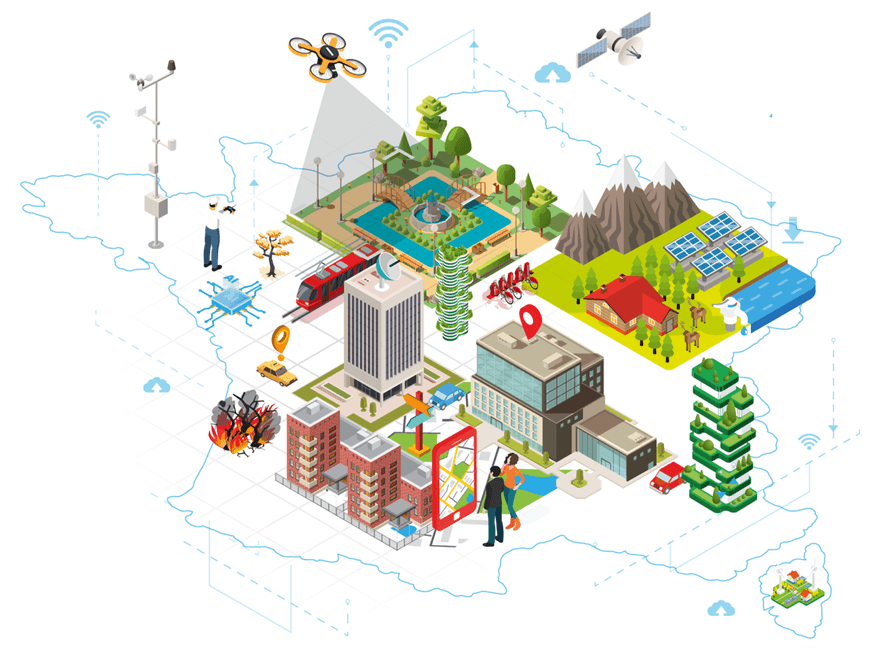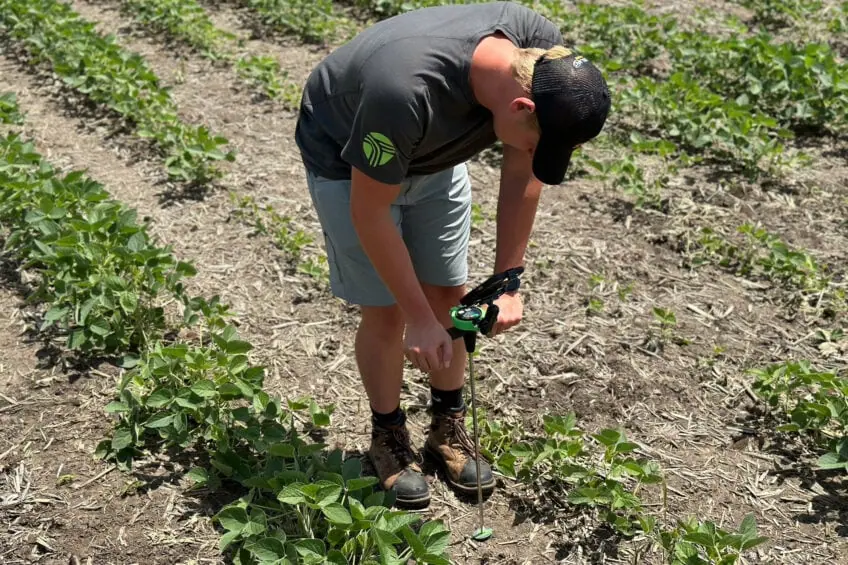Les rencontres du Salon de l'Agriculure: "Colloque Agriculture et Innovation" de l'INRA
mars 6, 2016Offre d'emploi (CDD 12 mois – IRSTEA Montpellier): Chercheur en traitement d'images du signal ou de l'image, ou agronome spécialisé en modélisation agronomique
mars 9, 2016Un état de l'art scientifique sur les méthodes d'identification (animaux, plantes, etc.) en agriculture
Il s’agit d’un sujet important pour l’agriculture et il existe peu d’articles scientifiques, et encore moins d’état de l’art, qui s’intéresse à cet aspect.
résumé de l’article :
Automation in agriculture should improve plant health, product quality, and production efficiency. However the actual use of electronic identification tools in agriculture is limited. Therefore, I review here electronic identification applications to support plant health and production and agricultural sustainability. The major points are as follows: (1) there is a tenfold increase of literature on the application of radio frequency identification in agriculture from 2000–2004 to 2005–2009. (2) Development of quick response code and radio frequency identification solutions are improving automated systems. (3) There is a major advancement in associating thermal sensors to electronic tags to preserve food quality and to manage temperature-controlled supply chain. Whereas tests with biosensors used for biological or chemical alerts are limited. (4) Agrochemical tagging, using radio frequency identification tags, improve plant health management and environmental monitoring. (5) While phytosanitary certifications are mandatory in high-cost cultivation systems and a need for risk management may promote radiofrequency identification (RFID) systems, the lack of specific economic analyses may discourage farmers and investors.
Référence : Luvisi, A. (2016). Electronic identification technology for agriculture, plant, and food. A review. Agronomy for Sustainable Development, 36(1), 1-14.



